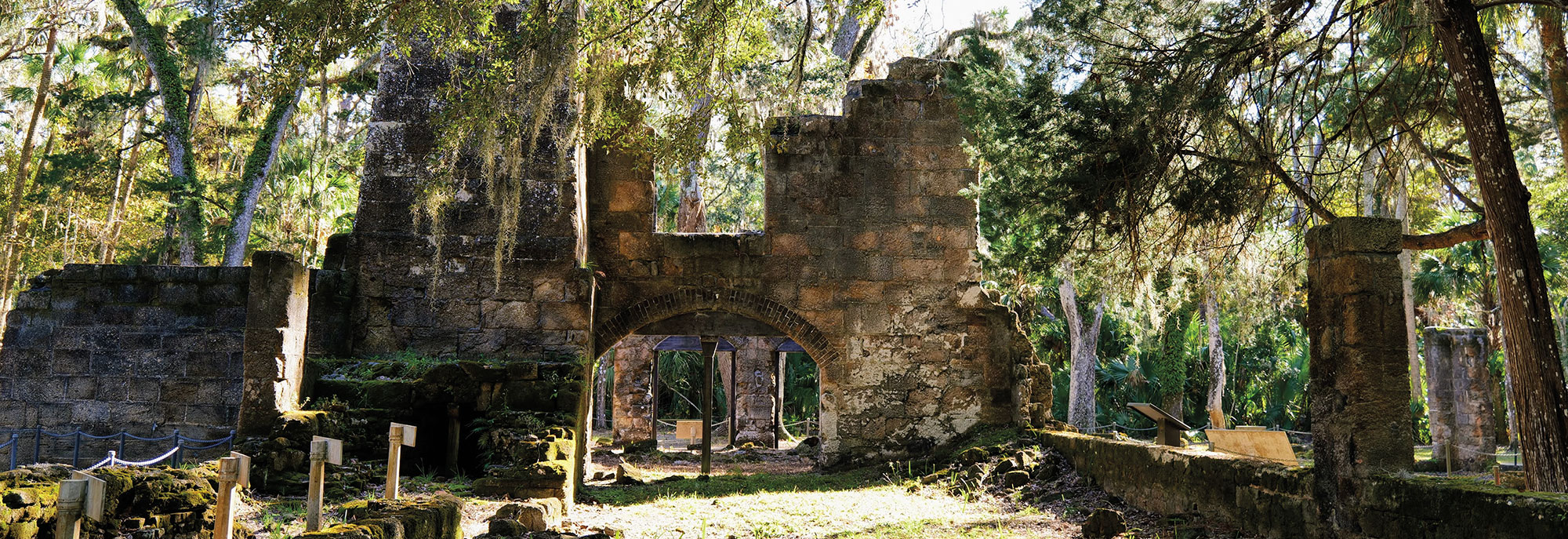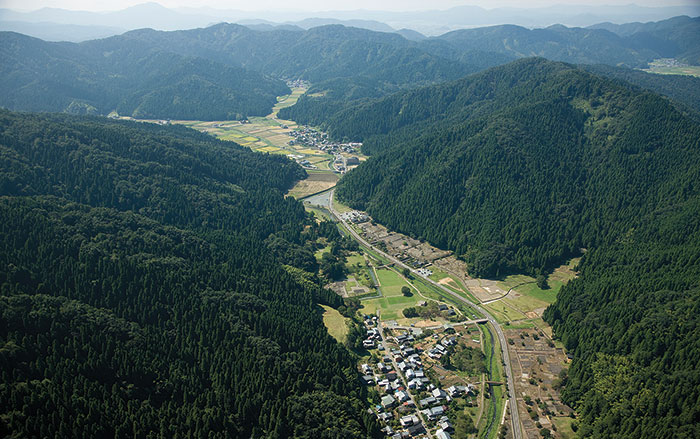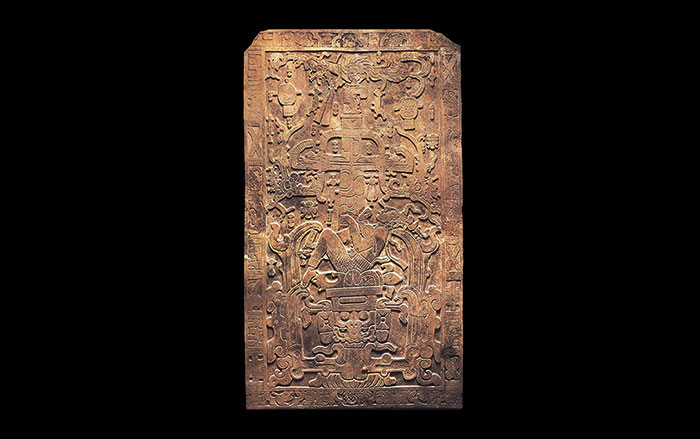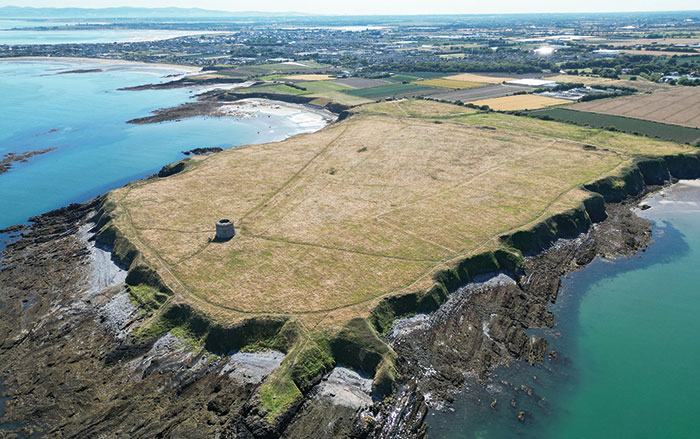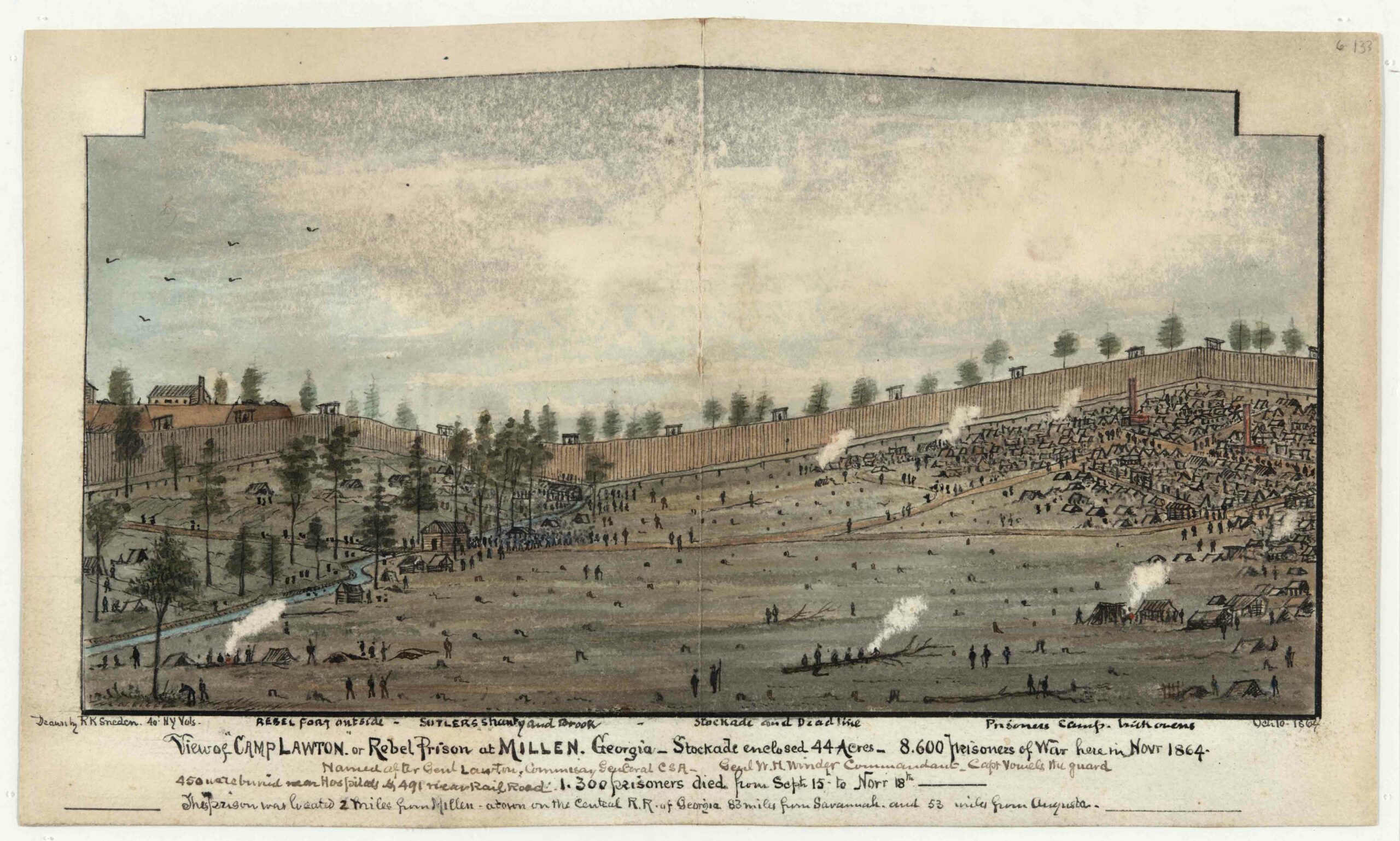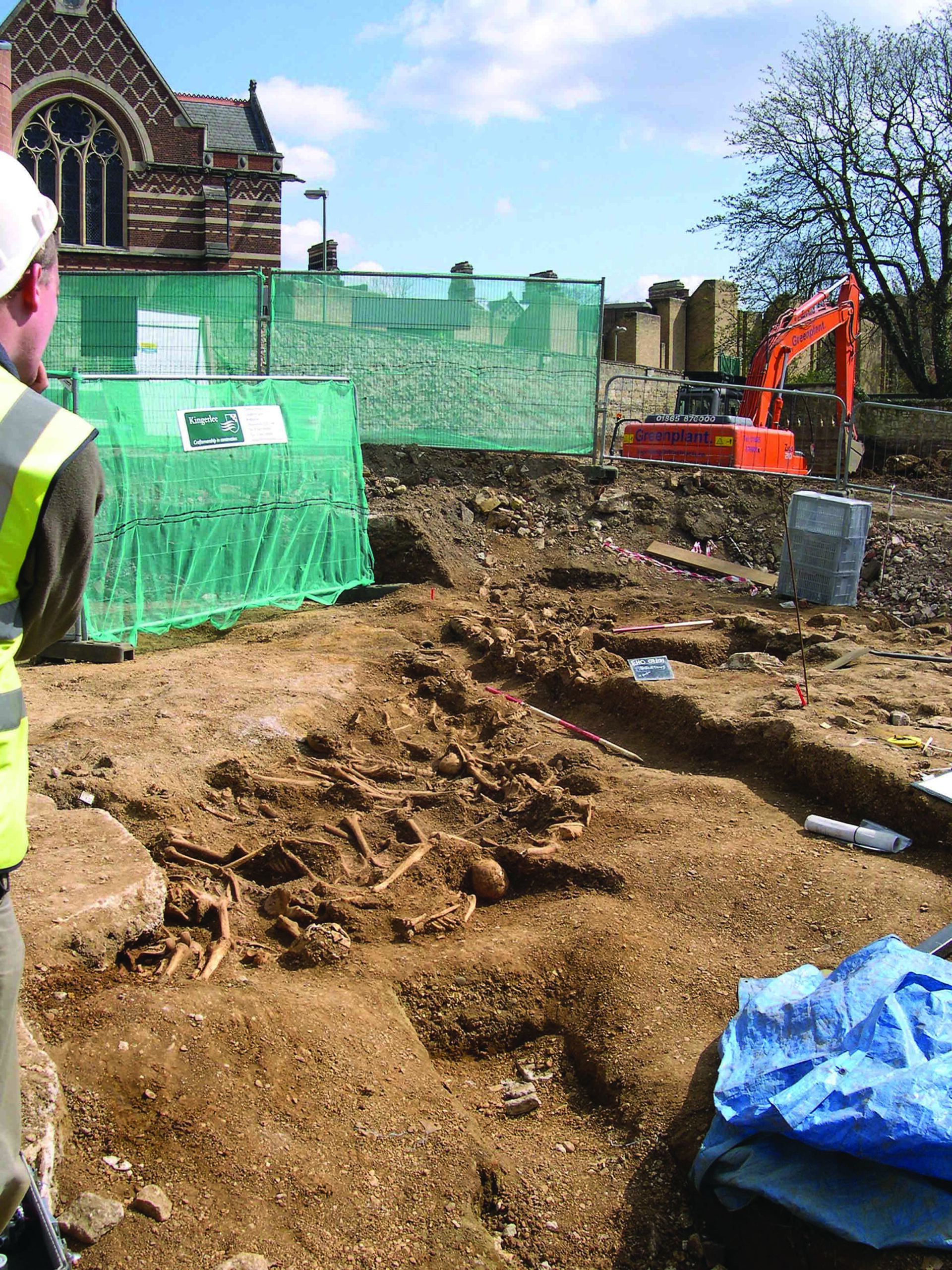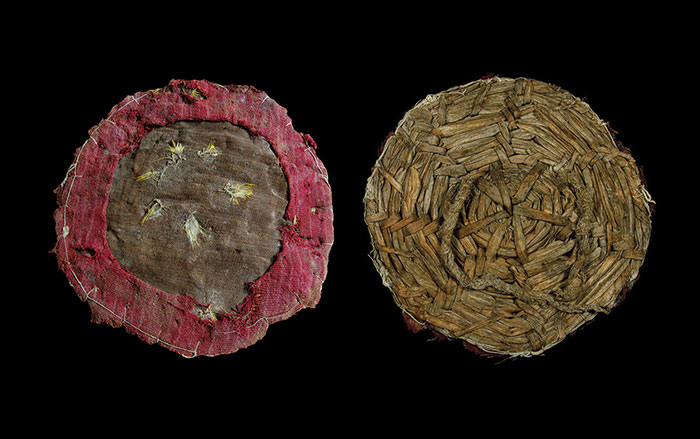
CHICAGO, ILLINOIS—Mycenaean elites of the late Bronze Age probably dined on meats cooked on portable grills and bread baked on non-stick griddles. Julie Hruby of Dartmouth College worked with ceramicist Connie Podleski of the Oregon College of Art and Craft to replicate two Mycenaean souvlaki trays and two griddles. Hruby then started cooking, using ingredients listed on ancient tablets as provisions for feasts. As she reported at the annual meeting of the Archaeological Institute of America, Hruby found that the heavy grill pan worked best when hot coals were placed inside its tray, rather than the tray placed in a cooking fire, suggesting that it was a portable device. Her tests of the griddles, which have a smooth side and a side with holes, showed that bread was probably placed on the side with the holes, since the dough tended to stick when cooked on the smooth side of the pan. “There are cooks mentioned in the Linear B [a Mycenaean syllabic script] record who have that as a profession—that’s their job—so we should envision professional cooks using these,” she added.


